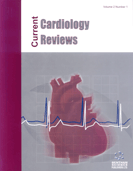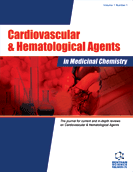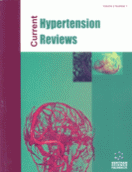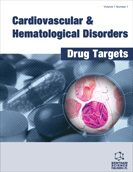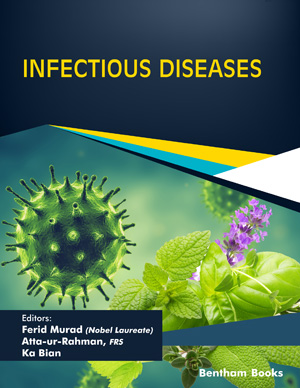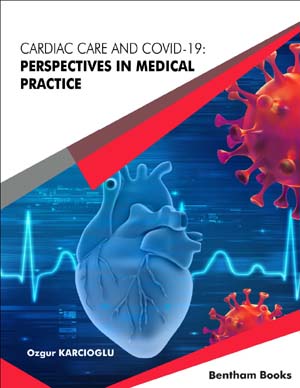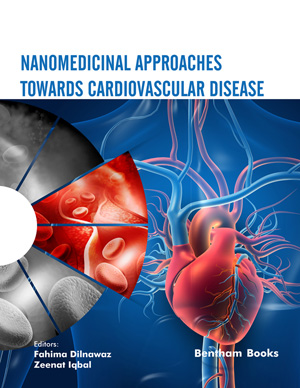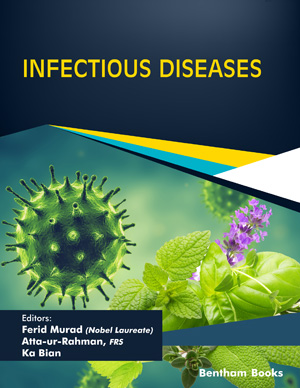Abstract
Atrial fibrillation (AF) is the commonest cardiac rhythm disorder worldwide, affecting 1% of the general population. It is estimated that up to 16 million people in the US will suffer from the arrhythmia by 2050. AF is an independent stroke risk factor and associated with more severe strokes. For six decades, warfarin has been the only truly effective therapy to protect against stroke for patients with atrial fibrillation. Despite the proven worth of warfarin, its limitations have seen reluctance amongst physicians and patients to utilise this efficacious agent. This has meant that substantial numbers of patients are either unprotected against stroke or suboptimally protected with antiplatelet therapy.
Contemporary well-validated stroke risk factor schemes (CHA2DS2-VASc) now permit rapid but comprehensive evaluation of a patient’s risk for thromboembolism, allowing better identification of low-risk patients who do not require antithrombotic therapy, and whilst for those with ≥ stroke risk factors require formal oral anticoagulation. Aspirin has been proven to be inferior to anticoagulation, and is not free of bleeding risk. We also have simple scores to easily evaluate a patient’s risk of haemorrhage (e.g. HAS-BLED). The emergence of new oral anticoagulants should further improve stroke prevention in AF, and they successfully negotiate many of the hurdles to oral anticoagulation generated by warfarin’s limitations. Monitoring, reversal, and perioperative management are areas which require further investigation to enhance our ability to safely and effectively utilise the new agents.Keywords: Atrial fibrillation, stroke prevention, oral anticoagulants


